
Image credits: @ Sofia Nannini, 2019. Abstract This paper deals with the urban development of Reykjavík during the first half of the 20th century, with a particular attention to building techniques and their influence in the construction of a modern capital city for Iceland. By analysing its first building codes (issued in 1903 and in …
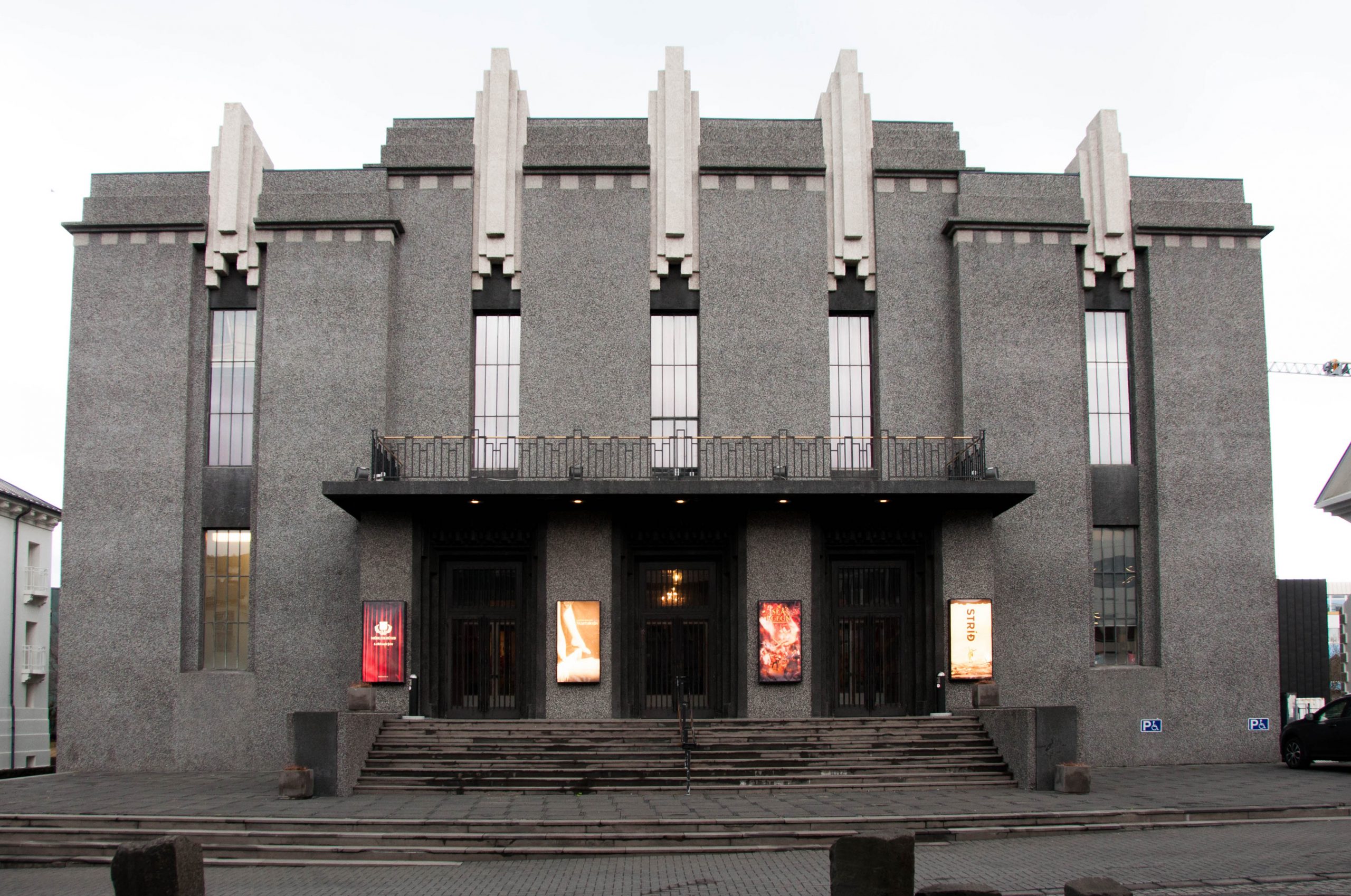
The National Theatre of Iceland. Image credits: @ Sofia Nannini, 2019 Abstract In 1939, Iceland’s State Architect Guðjón Samúelsson (1887–1950) filed a patent for the “Improvements in or relating to Treating the Surfaces of Buildings and other Structures, particularly of Concrete”. Known as steining in Icelandic, the technique had already been used in Reykjavík for …
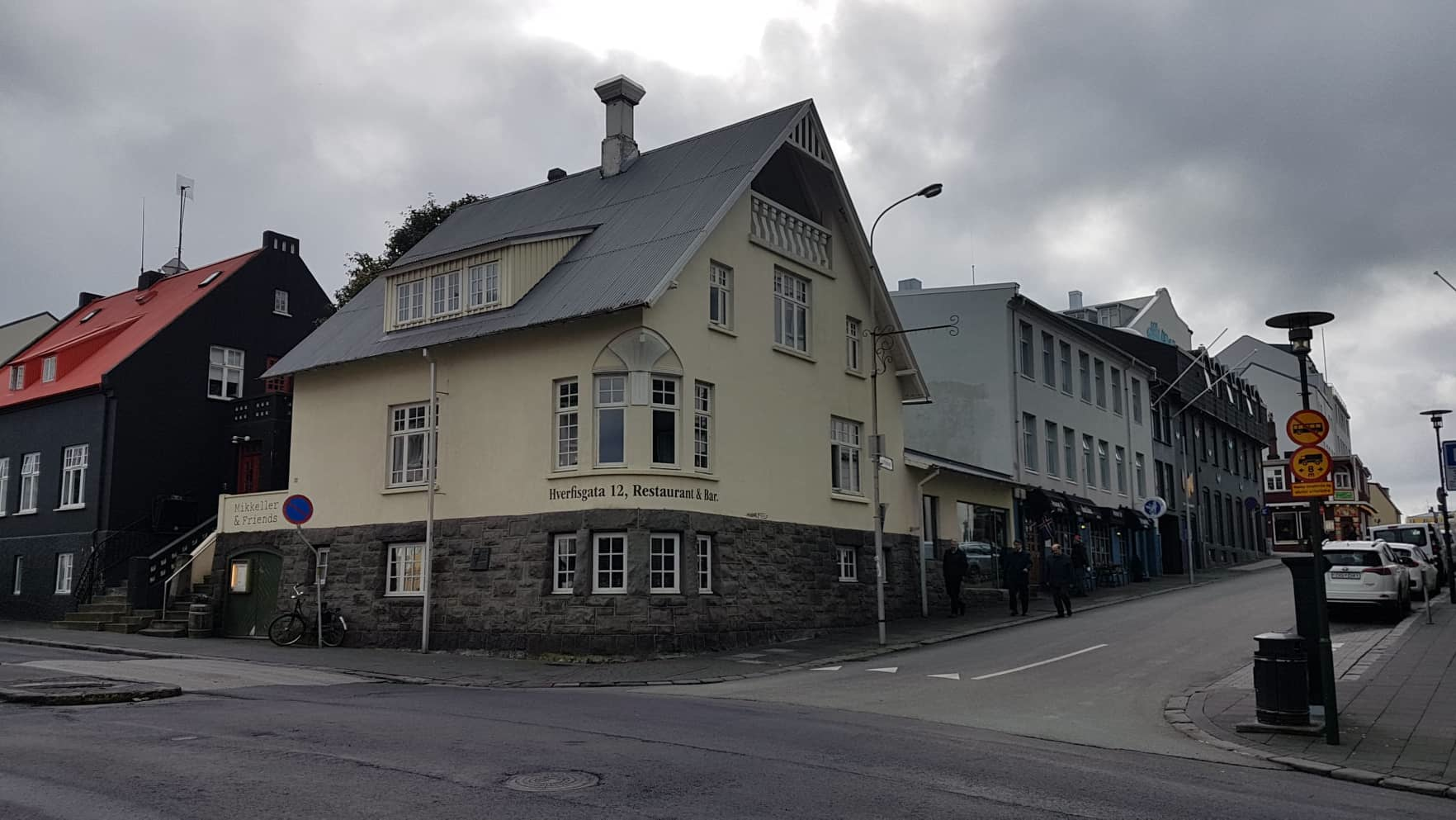
Image credits: @ Arlène Lucianaz, 2018. Abstract The quick modernisation of Iceland, which took place rapidly from the first decades of the 20th century onwards, brought not only fishing trawlers and cars into the country. Among all the techniques of modernity, steinsteypa [concrete] was to become the key material that changed the built landscape of the island …
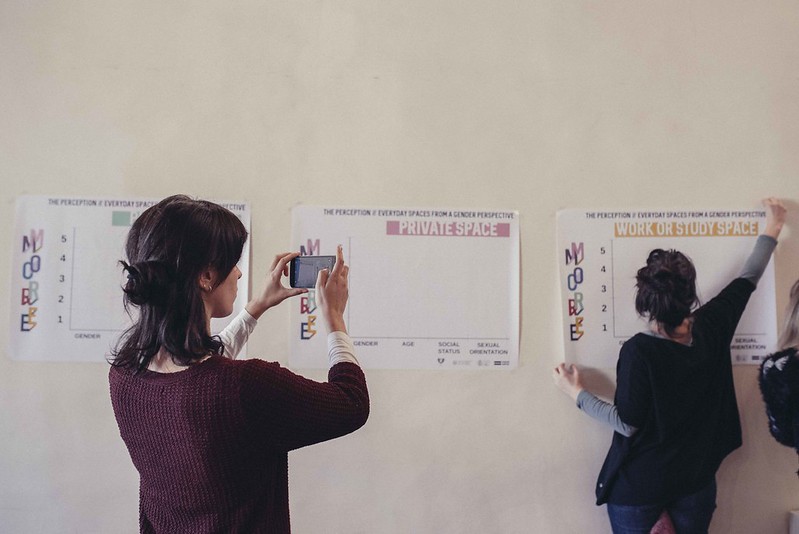
Abstract The present volume MORE: Expanding Architecture from a Gender-Based Perspective. III International Conference on Gender and Architecture Proceedings collects the papers, lectures, video-essays and workshops presented during a three-day-session (26th to 28th January 2017) which took place at the School of Architecture of the Università degli Studi di Firenze (UniFi, Italy) and Figline e …
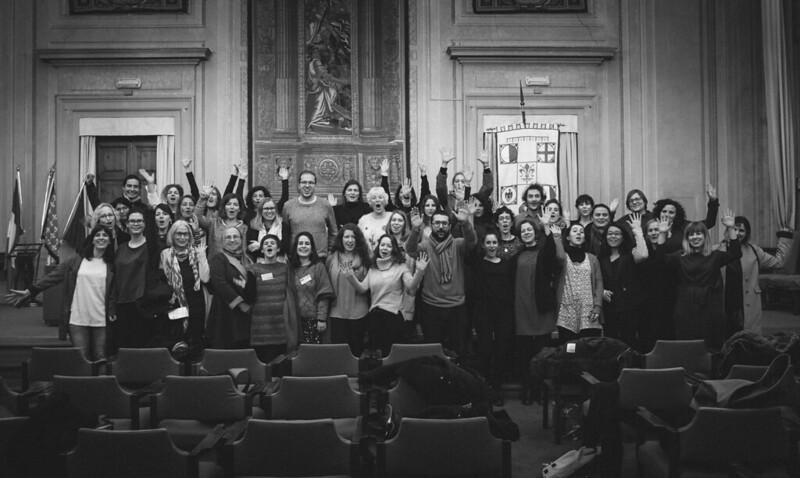
Abstract Recent global events have highlighted a special emphasis on an awareness for women’s rights situation world-wide. A renewed critical reflection claims a place in all fields of knowledge regarding fundamental human rights, and so in architecture and related disciplines. There are different approaches to the understanding of both the social dimension of art or …
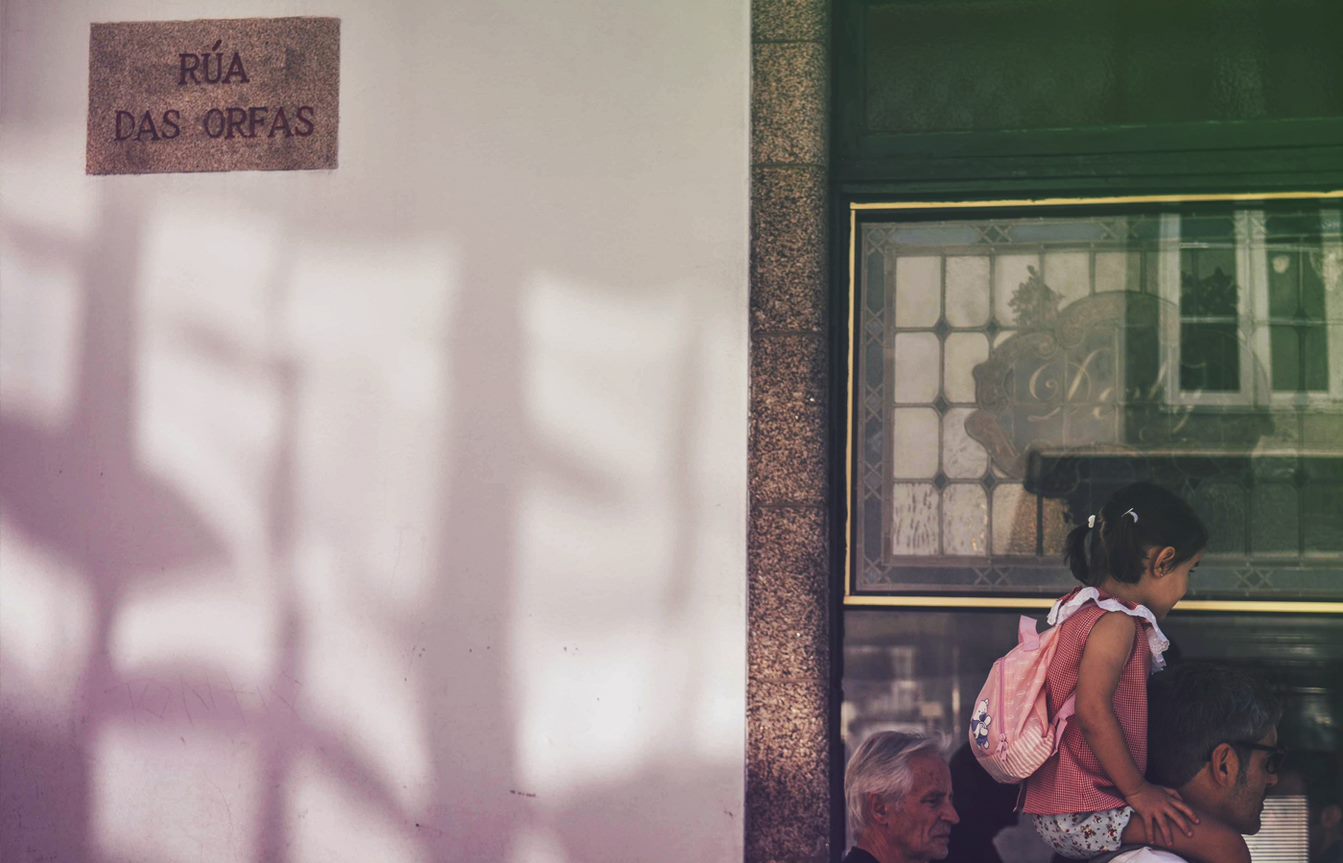
Abstract For centuries, decision-making procedures in commemorative urban practices have established a methodology of recognition relying on an androcentric process which has implied exclusion mechanisms. Structures of economic and dominating cultural power favoured the interests of a privileged minority, while penalizing, limiting and constraining the inclusion and visibility of a wide range of human beings, …
Abstract As cities grow taller, the ceilings, facades, basements and grounds of their buildings deepen, thus generating hybrid conditions that make the city disappear. A citywide network environment has become a ubiquitous building. In the last decades, new alternative urban interiors have been developed in dense Asia Pacific cities, which are still undergoing implosive transformations. …
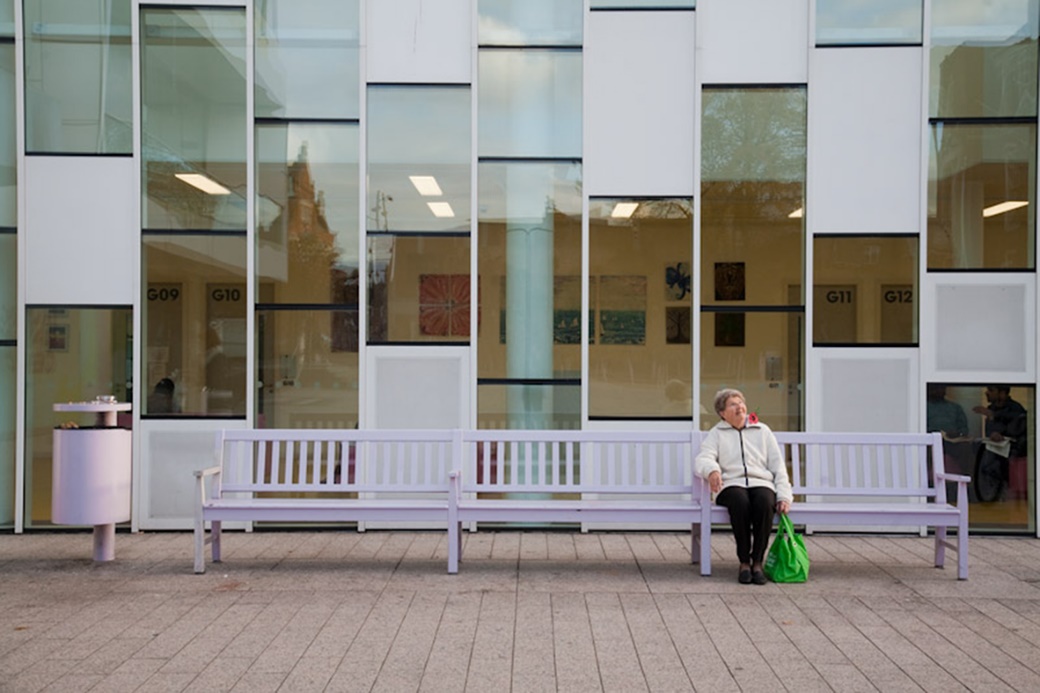
Abstract The topic of this paper has been triggered by two essays, Delirium and Historical project by Teresa Stoppani and Critical Spatial Practices by Jane Rendell. In her text, T. Stoppani pretends to redefine the concept of “delirium” in architecture by making it interact with Tafuri’s “historical project” and comes to identify a kind of …
Abstract Participatory urbanism is the compelling, though controversial, link between individual citizens and urban planning and design. A participatory urbanism should be intended as a pedagogical project that needs a cross-disciplinary approach and aims at contrasting corporate-led urbanism, towards a more democratic management of public spaces. Participation, involvement in the process of place-making, alterity, heterogeneity …
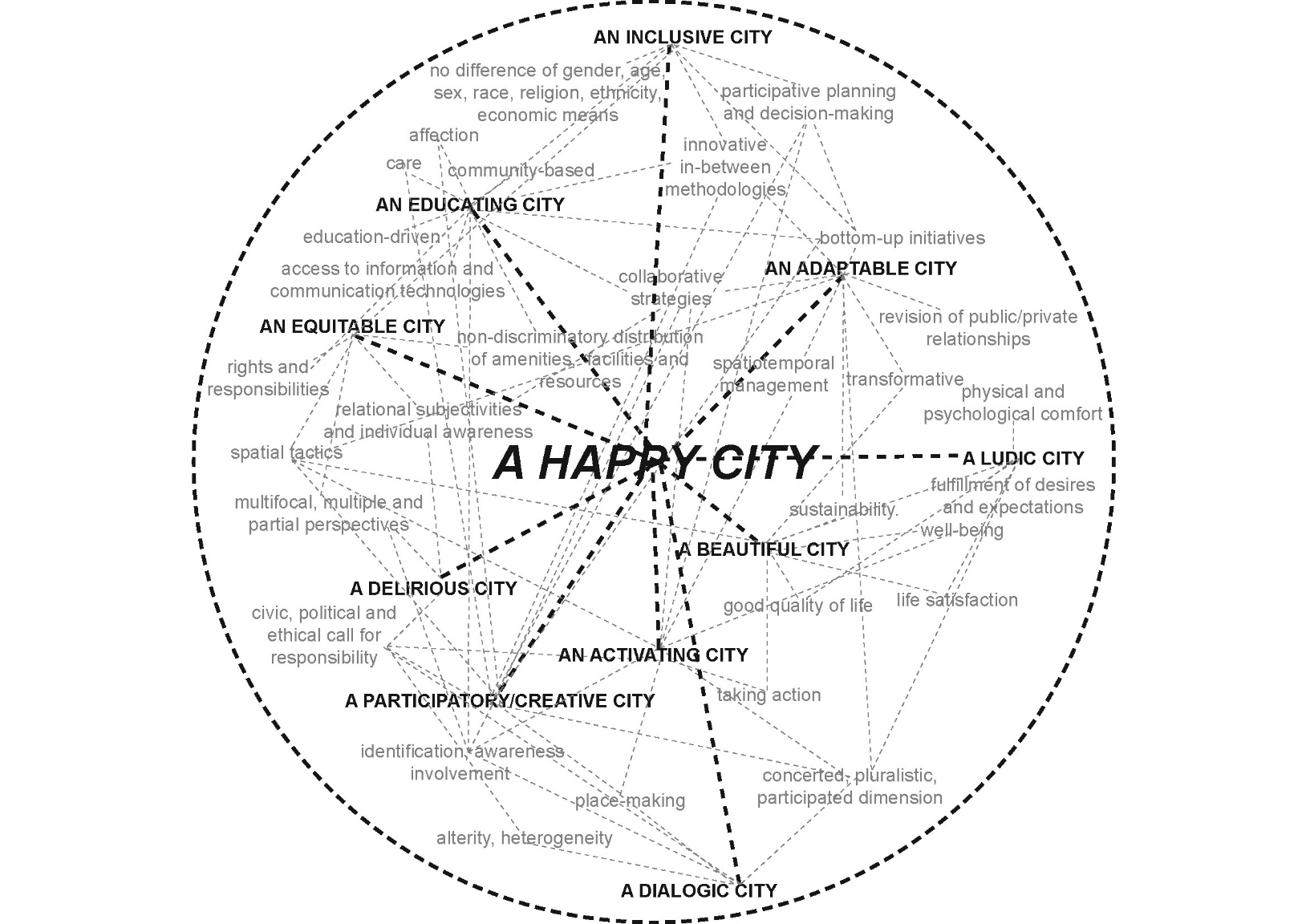
Abstract The happy city is the compelling link between happiness (intended both as a physical/spatial and psychological/neuroscientific issue) and urban planning and design. The happy city is a pedagogical project that needs a cross-disciplinary approach. This paper considers spatiality as a social construction that represents an essential element of the production of culture. A renewed …








